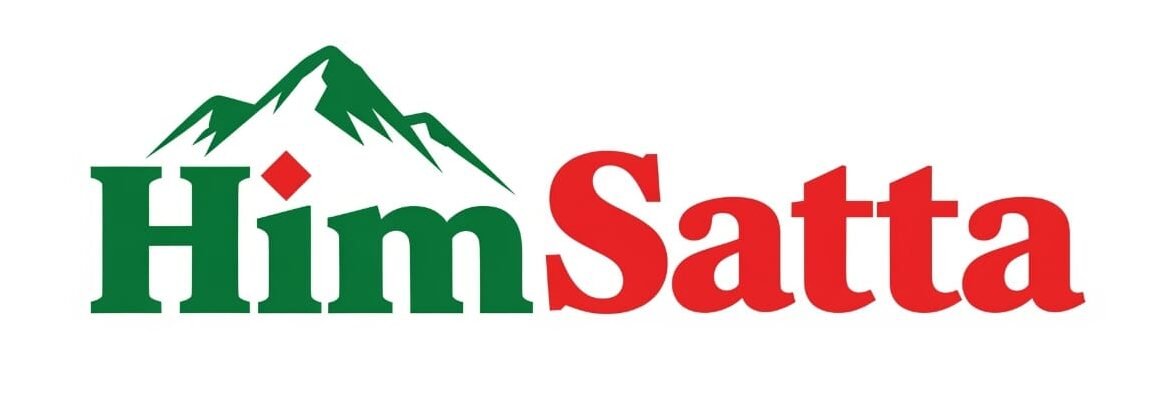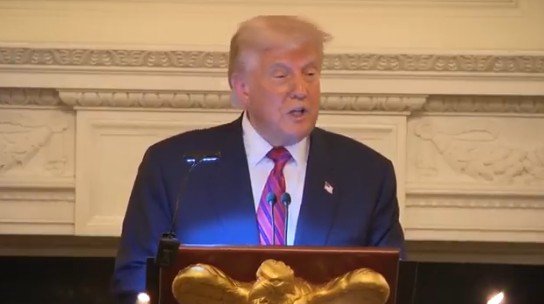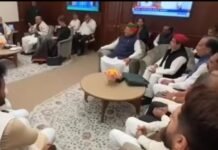U.S. President Donald Trump declared that “four or five jets were shot down” during the intense military escalation between India and Pakistan this May. Speaking at an intimate White House dinner with Republican lawmakers, Trump said he believed “five jets were shot down,” though he did not clarify which side lost the aircraft.
Context: Operation Sindoor and the Pahalgam Terror Attack
The backdrop to this incendiary exchange was Operation Sindoor, India’s swift aerial response to the brutal April 22 terror attack in Pahalgam, in which 26 individuals—including tourists—were killed. India launched strikes on alleged militant infrastructure across Pakistan-administered Kashmir, prompting Pakistan to retaliate with air and missile action, unleashing intense border skirmishes that spanned four days .
Pakistan, through its military press wing ISPR, asserted that it had shot down five Indian fighter jets—including advanced Rafale models—while claiming to have captured Indian pilots. Islamabad also acknowledged damage to its airbases . India, for its part, chose a more reserved approach. While senior Air Force officials admitted to “losing jets” in combat, they dismissed Pakistan’s exaggerated claims, asserting that only a few aircraft were downed and that no pilots were captured .
Trump’s Ceasefire Claim and Diplomatic Fallout
Trump went further, claiming that the ceasefire—announced May 10—was brokered by his administration through diplomatic intervention and trade pressure. “We said, ‘You guys want to make a trade deal? We’re not making one if you’re going to be throwing around weapons, maybe nuclear weapons. Both very powerful nuclear states,’” he told attendees . India swiftly rejected this narrative, stating that the truce was reached bilaterally after high‑level military discussions and without external leverage.
Conflicting Claims: How Many Jets Actually Crashed?
In the fog of war, conflicting narratives abounded. Pakistan’s ISPR has repeatedly claimed five Indian jets – among them three Rafales, one MiG‑29, one Su‑30MKI, along with drones – were shot down or crashed . India countered that only a handful of jets were lost, with Air Marshal A.K. Bharti stating that combat losses were limited, though precise numbers were undisclosed .
Rafale Saga: Technical Glitch, Not Combat Loss
The most controversial aspect remains Pakistan’s claim of downing three French-built Rafale fighter jets. Dassault Aviation CEO Éric Trappier officially dismissed this, stating that no Rafales were lost in air combat. According to Trappier, one Rafale did crash—but due to a “technical failure” at high altitude, with no enemy engagement . India’s Defence Secretary further validated this, saying no Rafales were shot down and emphasizing Pakistan’s own turf suffered heavier losses, including the deaths of over 100 militants during Operation Sindoor .
Broader Geopolitical Stakes
This aerial exchange between the world’s two most populous nuclear powers drew global concern. Trump portrayed it as one of many conflicts he intervened to resolve through diplomacy and trade—all while framing it as a testament to America’s diplomatic acumen . India, however, unequivocally refuted any U.S. role in mediation, upholding its position that such disputes must be settled bilaterally and attributed no role to U.S. pressure .
While Trump’s commentary was politically resonant in the U.S., it reignited a trans-Atlantic debate. The clash also emphasized India’s evolving strategic importance for Western powers seeking a counterweight to China in Asia, even as Pakistan remains a long-standing U.S. ally .
Several core questions persist:
- Exact jet losses? Indian acknowledgment of some losses confirms air combat occurred, but specifics—numbers, types, whether Rafales were involved—remain contested.
- Pilot captures? Pakistan’s claims of capturing Indian pilots have never been substantiated and remain unverified.
- External mediation? Trump’s assertions of U.S. mediation through trade leverage directly conflict with India’s public narrative.
- Clear evidence? Neither country has provided conclusive evidence (wreckage, pilot testimonies) to confirm claims of downed jets.
Both nations have mutually refrained from resuming the sort of air exchanges seen this May, but the incident underscores the fragility of peace in a high-stakes region. A full-fledged inquiry into aircraft casualties may never emerge, as both sides have silently shelved the issue in favor of strategic recalibration and crisis management. Yet, the conflicting claims of downing jets and the debate over American influence in diffusing the crisis are likely to re-emerge whenever Indo–Pak relations approach a flashpoint.
President Trump’s dramatic claim that “five jets were shot down” has thrown the spotlight back on a perilous episode in South Asia’s latest confrontation. It spotlights fierce aerial combat, disputed losses, and rivalry over the historical narrative of peace and mediation. While India maintains it upheld restraint and achieved precision in its military objectives, Pakistan holds to its assertion of aerial superiority—all against the backdrop of explosive allegations and fragile diplomacy.
As both countries recalibrate in the months ahead, transparency remains vital—not only to heal diplomatic wounds, but to reassure the world that nuclear-armed neighbours can navigate crises without miscalculation or escalation.





